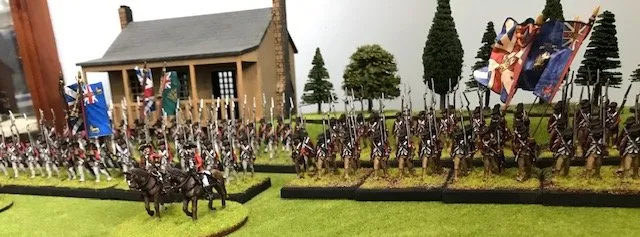I guess it is officially fall here in New England. How do I know this? Because Saturday was the annual Colonial Faire and Fife and Drum muster at the Wayside Inn in Sudbury. This event is something we look forward to each year. A chance to get together with friends, enjoy the fall weather, hear lots of very good Fife and Drum music and have a couple beers. This event has been going on since, well I do not know. I have been going since the mid 1970's and it was an annual event then.
What happens? There are about 20 different Fife and Drum bands. Some are very small, only about a dozen members. Others very large with 30 or more. Costuming (this is not where you go for authenticity) ranges from colonial type dress to 19th century band uniforms and everything in between. There are bands that have been together performing for decades; and other started just last week. But each group gets a time to appear on stage and perform. At the end of the day lots of people get together to jam.
In addition there are craft persons selling their wares. Blacksmiths and artist and basket weavers. Individuals selling reproduction colonial clothing. This year there were a farm that raises Alpaca and sells their wool. Our dog Fritz was most puzzled by what these strange animals were!
The muster is held by the famous Wayside Inn. For nearly three hundred years there has been a inn at the location. The Sudbury minute men and militia marched from here on April 19. The poet Longfellow used this location for his "Tales from the Wayside Inn" which included the poem "The Inn Keepers Tale" better know as "The Midnight Ride if Paul Revere. " Today you can still stay over night and get an outstanding meal here.
Here are some of our favorite Fife and Drum groups. Prescott's Battalion started as a volunteer group at Minute Man NHP. It is still going today.
The Middlesex County Volunteers are also still going strong. They have appeared around the country and around the world. A brilliant group and a delight to hear and watch.
A newer group and one of our favourites is the William Diamond junior Fife and Drum. These are high school students from Lexington Massachusetts. They look and sound outstanding!












































